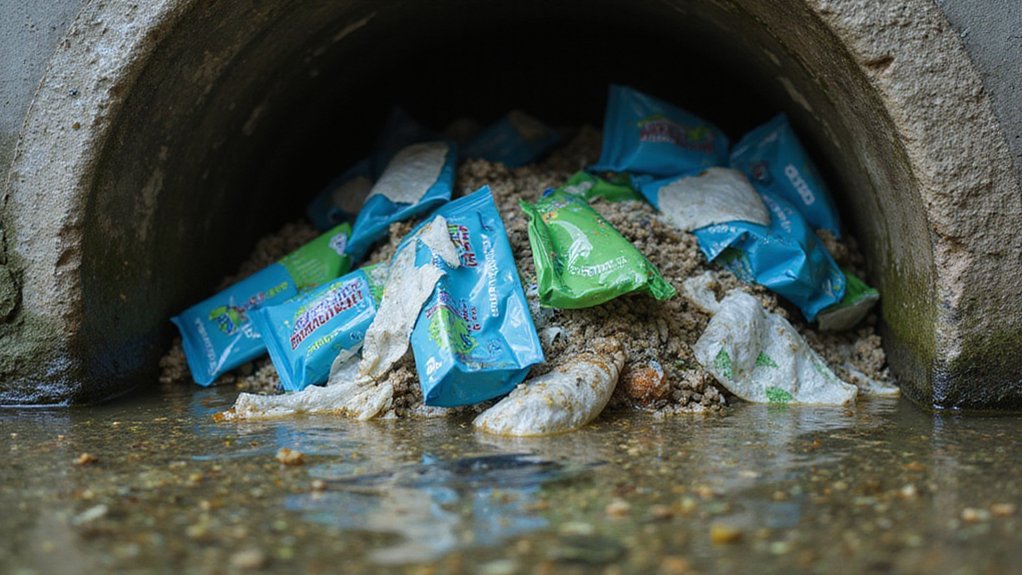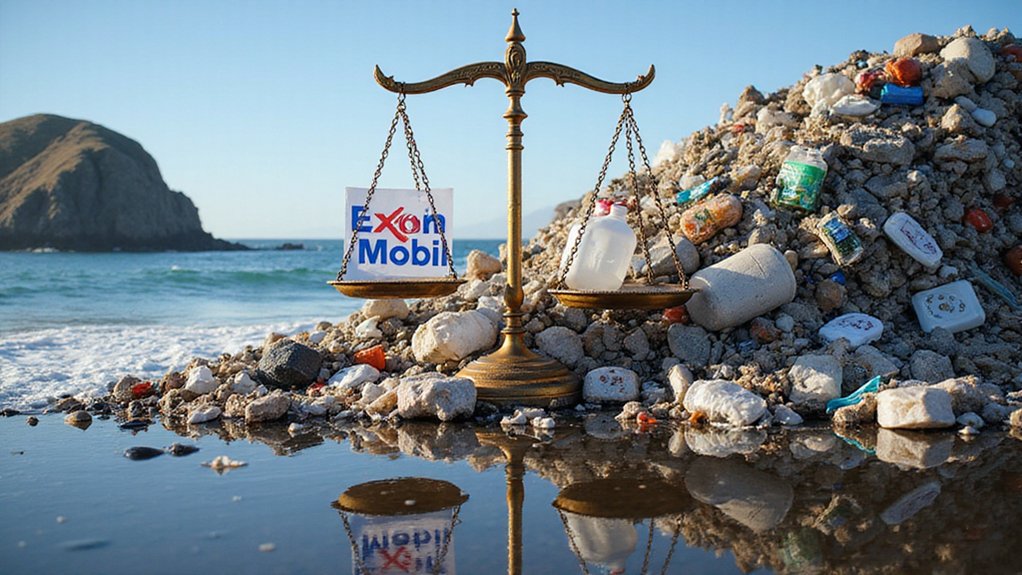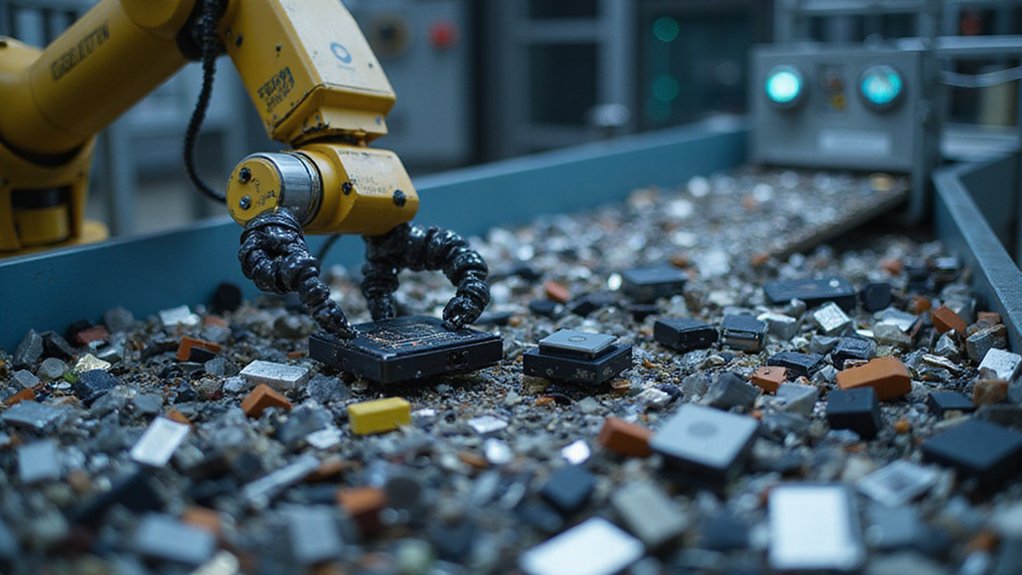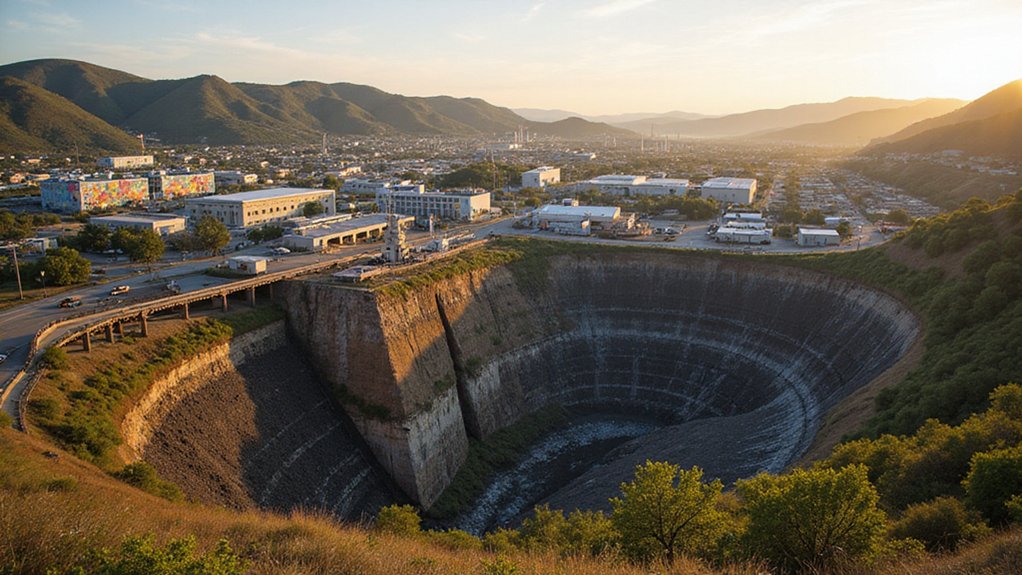Society’s love affair with convenience is choking our planet—literally. Those innocent-looking wet wipes—all 11 billion used annually in the UK alone—are environmental villains in disguise. Surprise! About 90% contain plastic. Not so clean after all.
These “disposable” products refuse to disappear, persisting in our environment for up to a century. They break down into microplastics, tiny particles now showing up in the seafood on your dinner plate. Bon appétit! These microscopic menaces are swimming through oceans, being gobbled up by marine life, and yes, making their way right back to us.
What goes around comes around—those ‘disposable’ wipes are becoming part of your seafood dinner, one microplastic bite at a time.
The damage doesn’t stop at pollution. Wet wipes are responsible for a staggering 93% of household sewer blockages. They’re the primary ingredient in those charming “fatbergs” clogging municipal sewage systems—massive, disgusting clots of waste that cost millions to clear each year. Your tax dollars at work, cleaning up convenience.
Marine wildlife pays the ultimate price. Millions of aquatic animals die annually from ingesting or becoming entangled in plastic waste from products like wet wipes. Beaches accumulate this trash, destroying habitats. The ecosystems suffer. Commercial fisheries decline. All because someone couldn’t use toilet paper.
The marketing is clever. “Flushable.” “Biodegradable.” “Green.” Nice words. False promises. Many products with these labels fail completely to break down in actual environmental conditions. There are no solid industry standards for these claims—just a lot of misleading labels designed to make consumers feel better about their choices. The UK water industry introduced Fine to Flush specification in 2019, but only 2 out of 10 retailers comply with it for their own brand products.
Even wastewater treatment plants can’t fully remove these synthetic invaders. They slip through, continuing their century-long mission of environmental contamination. The COVID pandemic made everything worse, with disinfectant wipes and PPE creating unprecedented waste. Since their invention in 1958 in the U.S., wet wipes have grown from a niche product to a global environmental crisis.
The solution isn’t complicated. It just requires giving up a tiny convenience. But millions won’t. So the microplastics spread, the sewers clog, the wildlife dies, and the “green” marketing lies continue. Convenience has a price—and we’re all paying it.
References
- https://www.mcsuk.org/news/our-seas-are-swimming-in-wet-wipes-its-time-to-take-action/
- https://tru.earth/blogs/tru-living/environmental-impact-of-disposable-cleaning-wipes
- https://pmc.ncbi.nlm.nih.gov/articles/PMC8411576/
- https://calloasis.com/the-truth-about-flushable-wipes-myths-facts-and-environmental-impact/
- https://friendsoftheearth.uk/sustainable-living/wet-wipes-keeping-them-out-our-seas-and-sewers









